Citrus plants are a popular addition to gardens and homes due to their refreshing fragrance and juicy, tangy fruits. Many people believe that citrus plants can only be grown outdoors in sunny, warm climates, when in reality, citrus plants are well-suited for indoor growth. They can also thrive in pots or containers with proper care. In this article, we will explore the various types of citrus plants that can be grown indoors, along with their care requirements.

Table of Contents
Meyer Lemon
Meyer lemon is a hybrid citrus plant that is popular for indoor cultivation due to its compact size and low maintenance requirements. It is a cross between a lemon and a mandarin orange, resulting in a plant with sweeter, less acidic fruit than traditional lemons. Meyer lemon trees can grow up to 6 feet tall (1.8 meters), and can be easily pruned to fit indoor spaces. Six hours of daily sunlight is required and should be watered regularly but not overwatered. Meyer lemons can produce fruit year-round, making them a popular choice for home gardeners and cooks who enjoy using fresh citrus in their recipes.
Calamondin Orange
Calamondin orange is a small citrus tree that is native to the Philippines. It is grown as an ornamental plant due to its fragrant flowers and bright, orange fruits that resemble miniature oranges. Calamondin orange trees can be grown indoors, and they typically reach 6 to 10 feet (1.8 to 3 meters). They require at least 6 hours of sunlight per day. They should be watered regularly to keep the soil moist but not waterlogged. Calamondin oranges have a sour and acidic taste and are used in a variety of recipes, including jams, marmalades, and sauces.


Key Lime
Key lime is a small, bushy citrus tree that is native to Southeast Asia. These trees require at least 8 hours of direct sunlight daily and should be watered regularly. Key limes are smaller and more acidic than traditional lemons and are often used in pies, desserts, and cocktails. Key lime trees can reach a height of 6 to 10 feet (1.8 to 3 meters), but they can be pruned to fit smaller indoor spaces.
Kaffir Lime
Kaffir lime is a citrus tree that is native to Southeast Asia. It consists of fragrant leaves and fruits, which are used in many Thai and Southeast Asian recipes. Kaffir lime trees can be grown indoors, with lots of sunlight and high humidity. They should be watered regularly to keep the soil moist, but they should not be overwatered. Kaffir limes are small and very acidic, but they can be used in a variety of dishes, including curries, soups and salads.
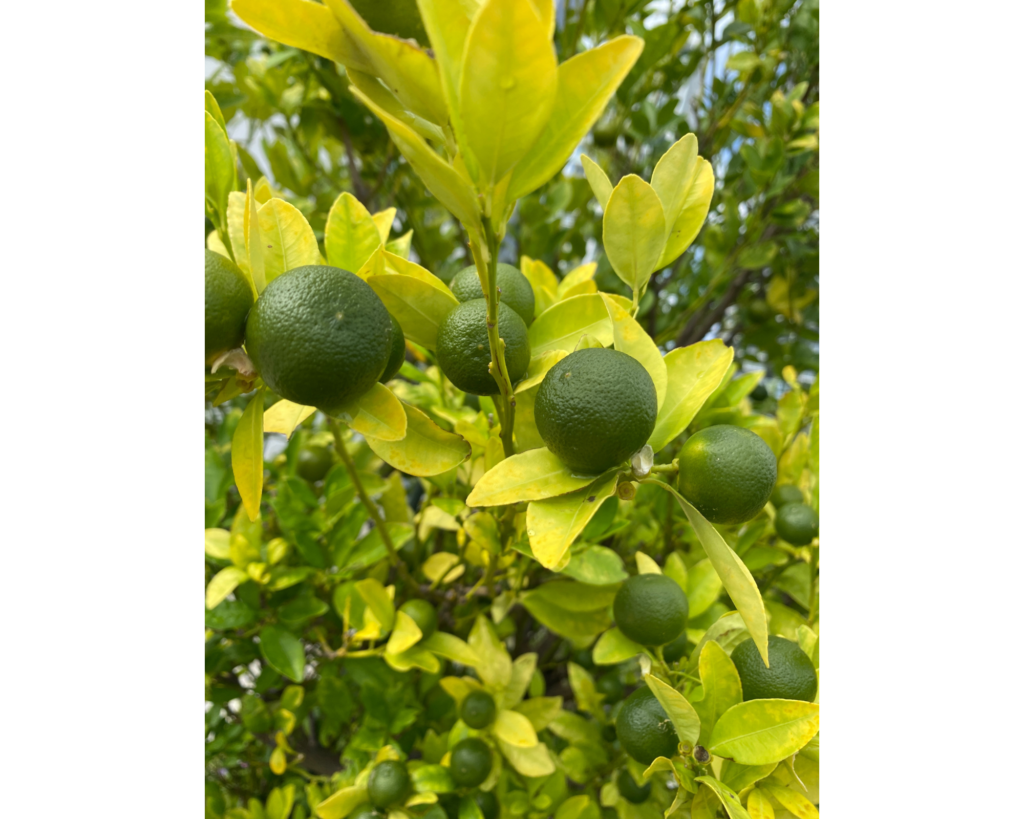
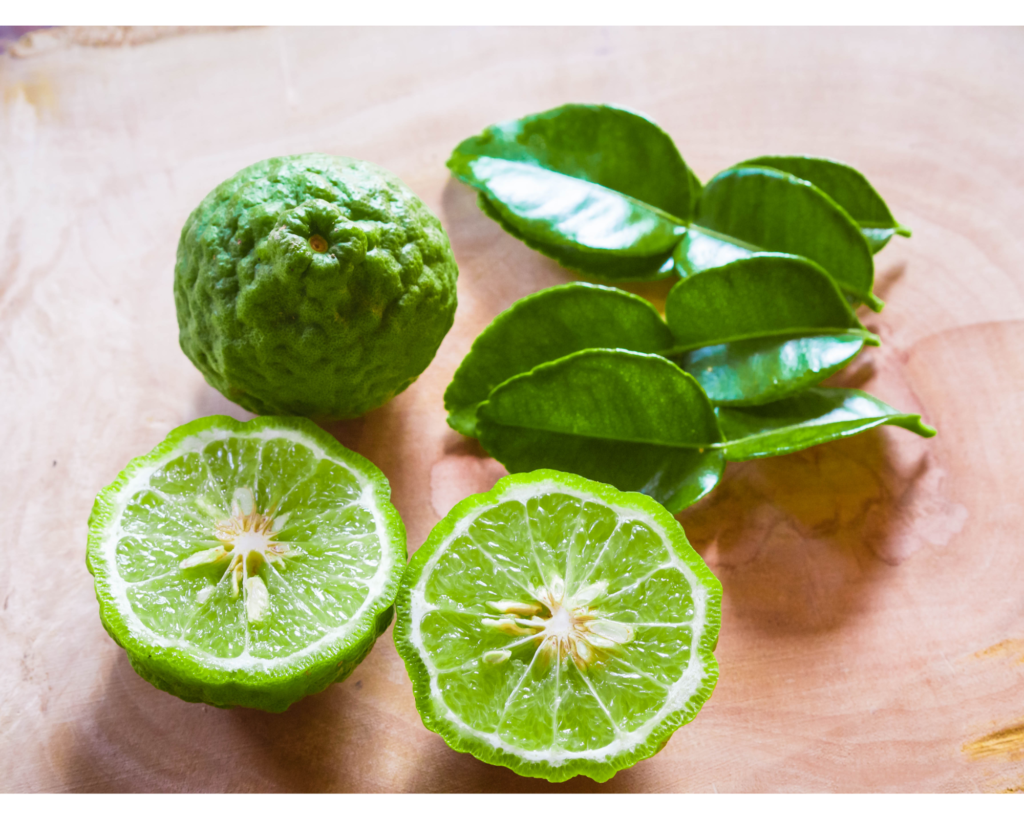
Blood Orange
Blood oranges are known for its deep red flesh and sweet, tangy flavour. They can be grown indoors, but they require at least 6 hours of direct sunlight per day and a warm, humid environment. They should be watered regularly to keep the soil moist, but not be overwatered. Blood oranges are often used in salads, cocktails, and desserts.
Mandarin Orange
Mandarin orange is a small citrus tree that is native to China. It is grown for its sweet, juicy fruits that are easy to peel and eat. Mandarin orange trees can be grown indoors, but they require at least
6 hours of direct sunlight per day and a warm, humid environment. They should be watered regularly to keep the soil moist, but they should not be overwatered. Mandarin oranges are often eaten fresh, but they can also be used in desserts, juices, and other dishes.
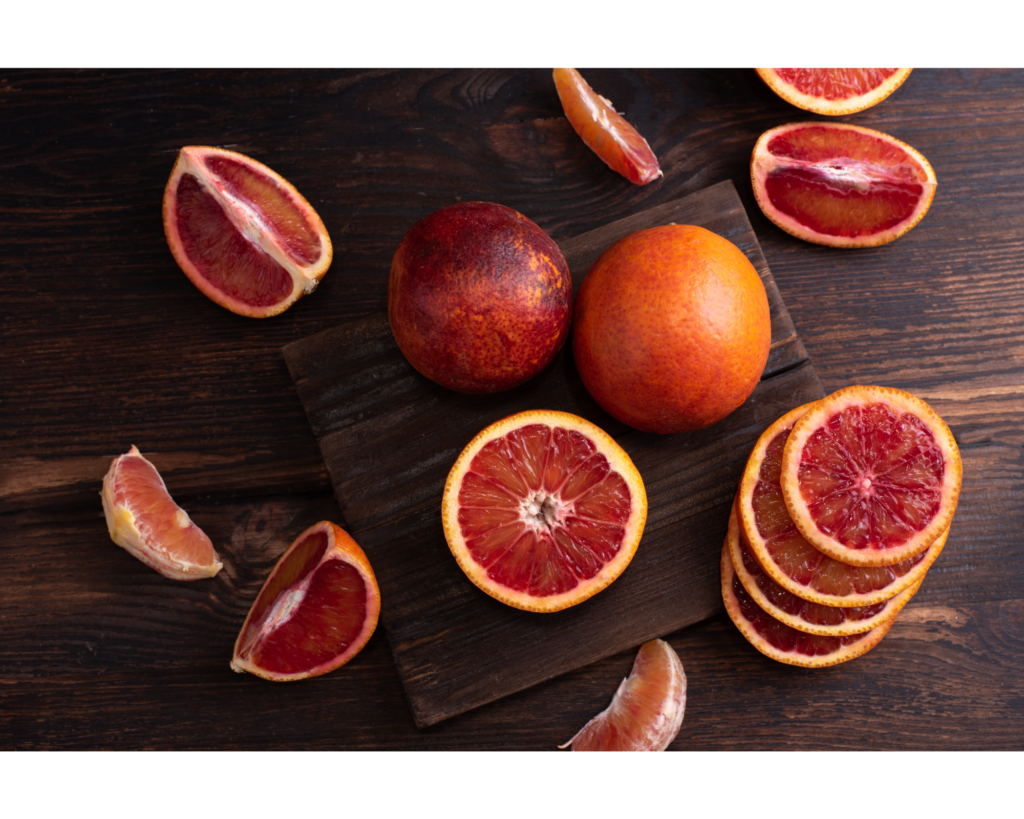

Satsuma Mandarin
Satsuma mandarin is a type of mandarin orange that is native to Japan. It is a small, seedless fruit with a thin, easy-to-peel skin and a sweet, juicy flavour. Satsuma trees can be grown indoors, and they typically reach a height of 6 to 10 feet (1.8 to 3 meters). They require at least 6 hours of direct sunlight per day and a warm, humid environment. Satsumas are often eaten fresh, but they can also be used in jams, marmalades and desserts.
Grapefruit
Grapefruit is a large citrus fruit that is known for its tangy, bitter flavour. These fruits can be grown indoors, but they require a lot of sunlight and a warm, humid environment. They should be watered regularly to keep the soil moist, but they should not be overwatered. Grapefruit is often eaten fresh, but it can also be used in salads, cocktails, and other dishes.
Tangerine
Tangerine is a small citrus fruit that is similar to the mandarin orange. It is known for its sweet, juicy flavour and easy-to-peel skin. Tangerine trees can be grown indoors, but they require at least 6 hours of direct sunlight per day and a warm, humid environment. They should be watered regularly to keep the soil moist, but they should not be overwatered. Tangerines are often eaten fresh, but they can also be used in desserts, juices, and other dishes.
Lemon
Lemons are tart citrus fruits often used in cooking and baking. Lemon trees can be grown indoors, but they require a lot of sunlight and a warm, humid environment. They should be watered regularly to keep the soil moist, but they should not be overwatered. Lemons are often used in desserts, marinades, and other dishes, and they are prized for their tart, acidic flavour.
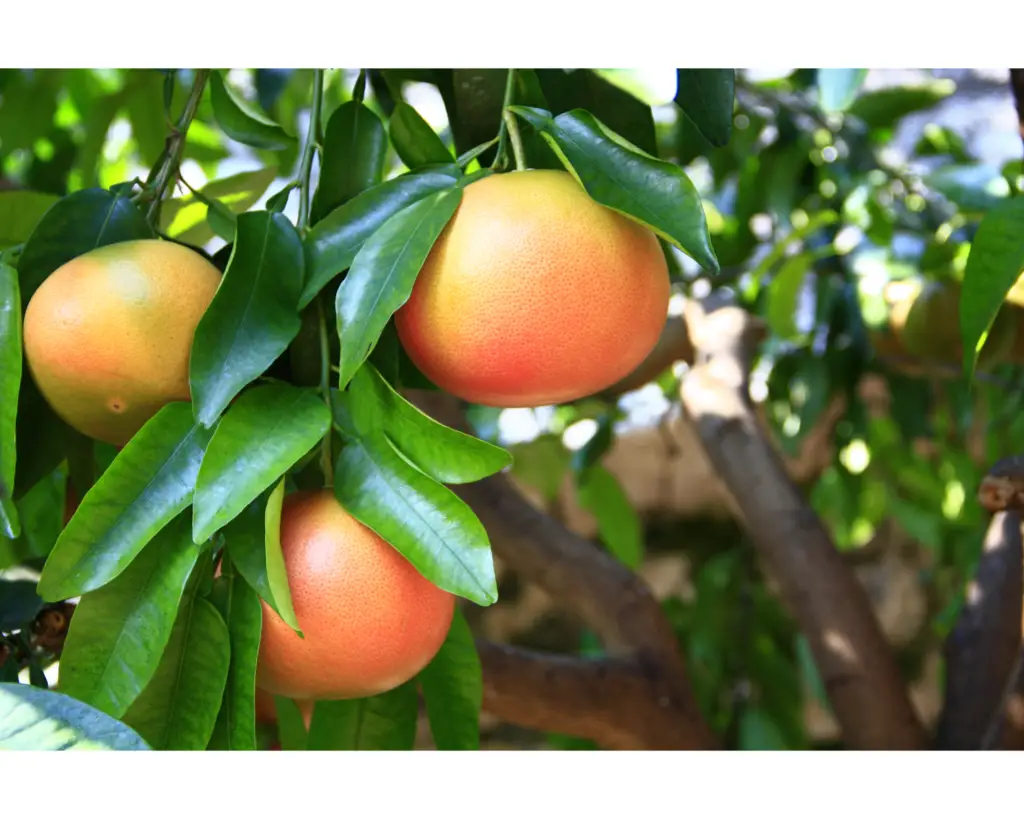
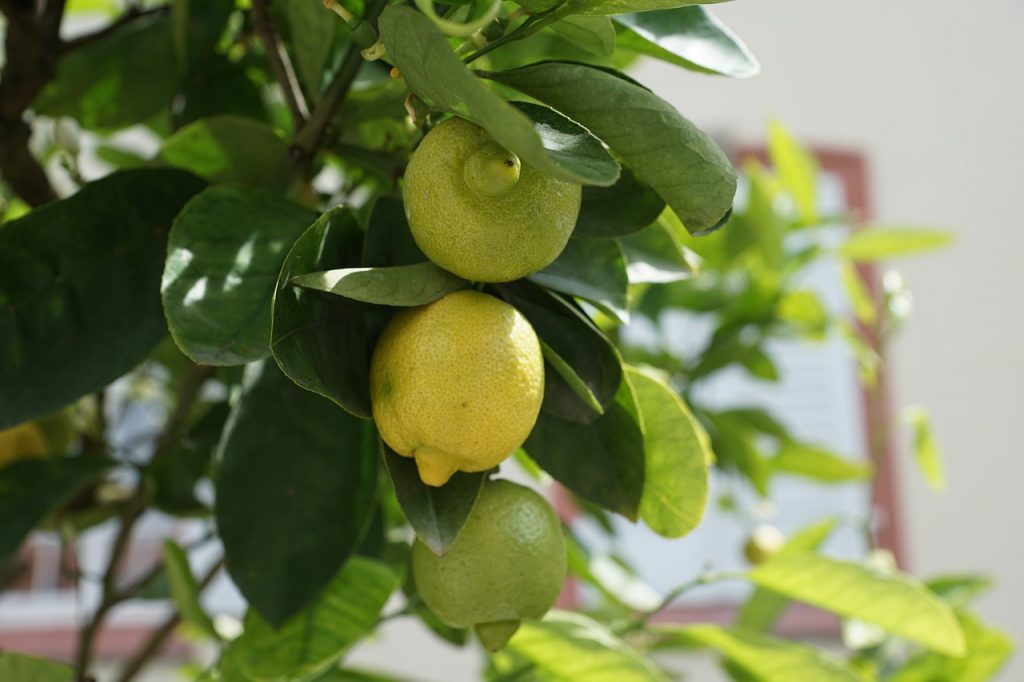
Care Requirements for Indoor Citrus Plants
While citrus plants can be grown indoors, they require specific care requirements to thrive. Here are some tips for growing healthy, productive citrus plants in pots or containers:
Choose the Right Container
Citrus plants should be grown in pots or containers that are at least 18 inches (approximately 45 centimeters) in diameter and have good drainage. Terra cotta pots are a good choice, as they allow air to circulate around the roots and help prevent overwatering.
Use Quality Soil
Citrus plants require well-draining soil that is rich in organic matter. Avoid using heavy, clay soils that can retain too much moisture and cause root rot. Instead, use a high-quality potting mix that is specifically designed for citrus plants.
Fertilise Regularly
Citrus plants require regular fertilisation to produce healthy foliage and fruit. Use a high-quality citrus fertiliser that is formulated for indoor plants.
Prune as Needed
Citrus plants should be pruned regularly to maintain their shape and encourage healthy growth. Remove any dead or damaged branches, as well as any branches that are crossing or rubbing against each other. Prune in the spring or early summer, after the plant has finished fruiting.
Manage Pests and Diseases
Citrus plants are susceptible to a variety of pests and diseases, including spider mites, scale insects, and citrus greening disease. Monitor your plants regularly for signs of infestation or disease, and take action as needed. You may need to use insecticides or fungicides to control pests and diseases.
Conclusion
Growing citrus plants indoors is a rewarding and enjoyable hobby that can provide you with fresh, delicious fruit all year round. By providing the right care and conditions, you can enjoy a bountiful harvest of citrus fruit in your own home.
Whether you are an experienced gardener or a beginner, growing citrus plants indoors is a fun and challenging way to expand your gardening skills. With a little patience, care, and attention, you can enjoy the sweet, tangy flavors of fresh citrus fruit whenever you like. So why not give it a try and start growing your own indoor citrus garden today?
